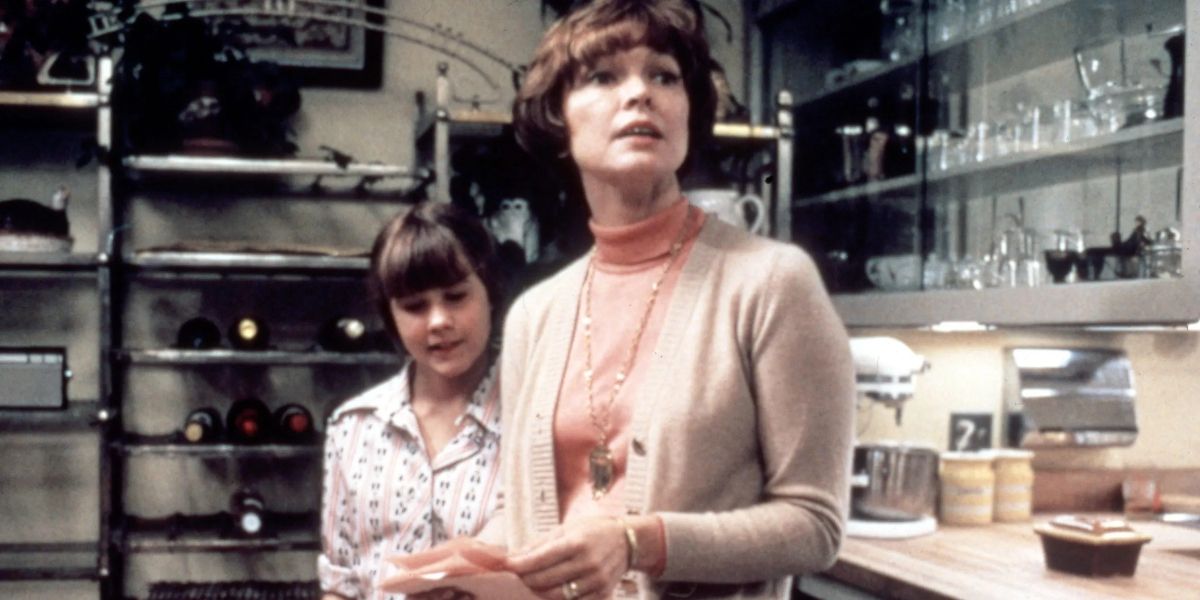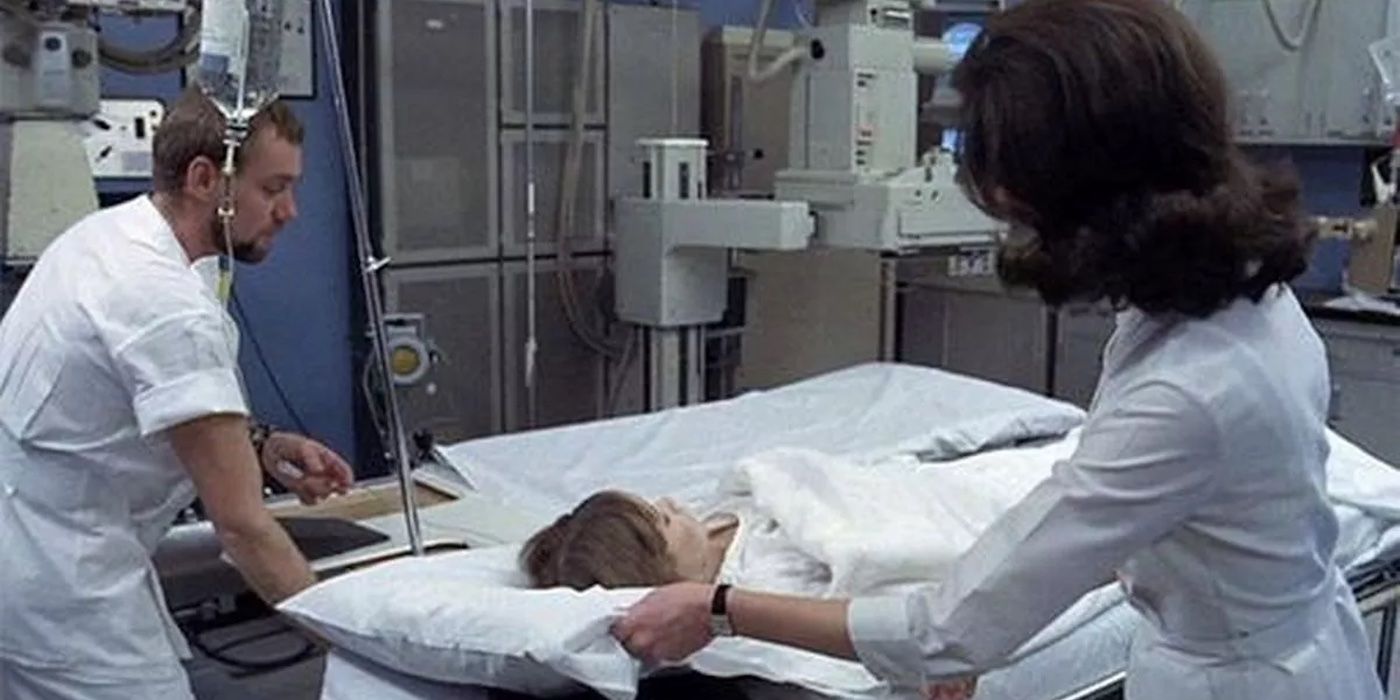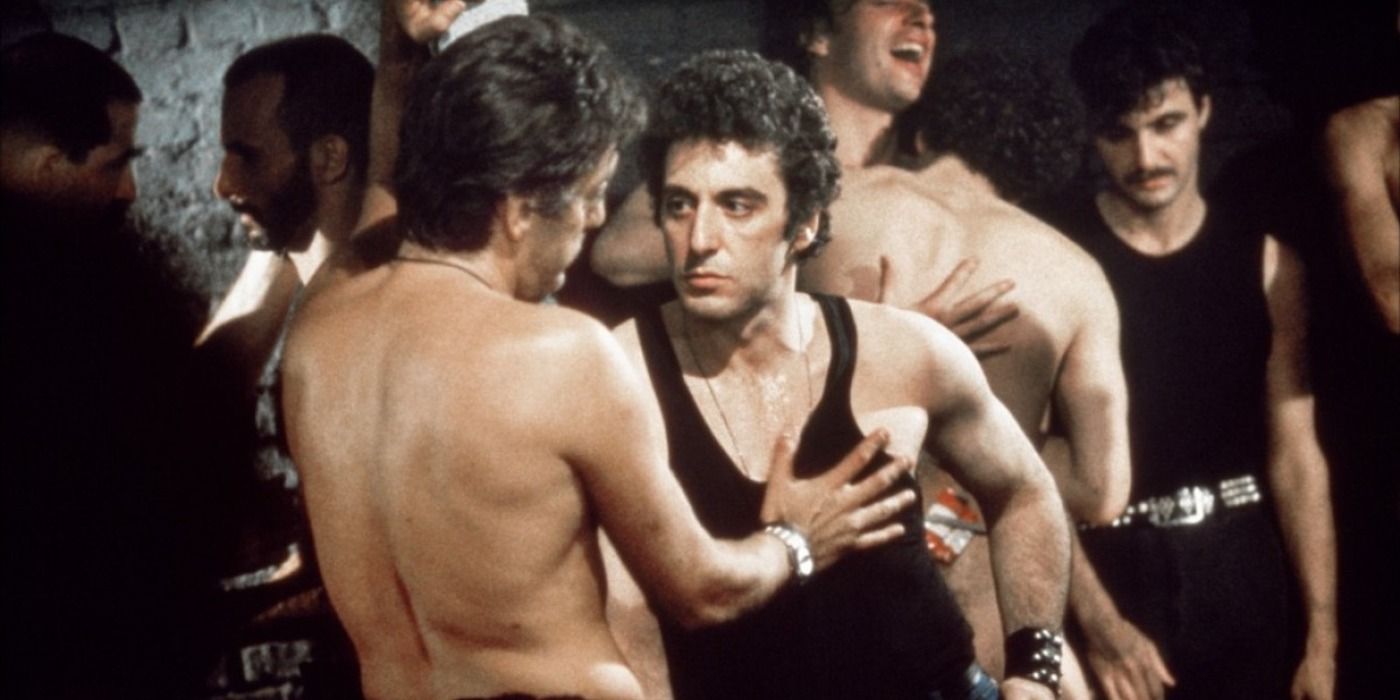[ad_1]
There are many reasons people are talking non-stop about The Exorcist again. Apart from it being one of the greatest horror movies of all time, its 50 anniversary is fast approaching, and a direct sequel, The Exorcist: Believer will hit theaters just in time for Halloween. On top of all that, legendary director William Friedkin passed away earlier this year. His adaptation of William Peter Blatty‘s novel became a cultural phenomenon with its massive box office haul, critical acclaim, and for laying the foundation of a decades-long media franchise. In addition, the film has a notorious reputation due to enduring mythology related to its troubled production, the deaths of people involved, and its effect on particularly impressionable viewers in theaters around the globe.
But perhaps a lesser-known fact regarding The Exorcist is the tale of Paul Bateson. While working as a medical professional in New York, Bateson caught William Friedkin’s eye and would ultimately be cast as an extra in one of the film’s most harrowing scenes, albeit one that hasn’t been etched into viewers’ minds for its portrayal of demonic possession, but rather for being one of the most realistic depictions of a medical procedure ever committed to celluloid. Years after the film’s release, however, news came to light that the unassuming Bateson’s involvement with more sinister happenings wouldn’t be limited to his appearance in The Exorcist.
How Was Paul Bateson Cast in ‘The Exorcist’?
According to Esquire, in doing research for a particular sequence of his film, William Friedkin was given a front-row seat to a cerebral angiography at New York’s University Hospital. The procedure, which has since largely been abandoned due to technological advances, was a uniquely brutal one that saw the insertion of a catheter into a patient’s artery to obtain X-ray images of blood vessels in and near the brain. While viewing the procedure, Friedkin was so impressed with the medical staff, including radiographer Paul Bateson, that he offered them the opportunity to play themselves in a scene in which Regan MacNeil (Linda Blair) undergoes such an angiography. Though it’s a small part within a relatively short amount of screen time, Bateson has a few lines of dialogue and features prominently, doing his best to comfort a nervous Regan with the bedside manner of any compassionate medical professional.
When The Exorcist hit theaters in 1973, newspapers seized on reports of audience members having a variety of reactions to some of the film’s more intense moments. From vomiting to fainting to fleeing the theater in a panic, the media made effective use of such incidents, no doubt boosting public interest in the film. But for all of its sensational theatrics involving demonic possession, the scene depicting a cerebral angiography has infamously gone down as one of The Exorcist‘s most disturbing moments. Realistic, bloody, and leaving nothing to the imagination, it’s a truly difficult moment to sit through. Regarding the scene’s impact, Friedkin described the scene to Vice as “Medical science impinging upon the innocence of this little girl. Which is more disturbing than the demon.”
In the 1970s, Paul Bateson Murdered Reporter Addison Verrill
Four years after The Exorcist was released, Paul Bateson was still living in New York but, due to his increased alcoholism, had lost his job at University Hospital. Frequenting Manhattan’s club scene, he befriended Addison Verrill, a reporter for Variety who was found dead in his apartment on September 14, 1977. Thought by local police to be the result of a break-in or attempted robbery, media coverage of such crimes was often lacking, and The Village Voice’s Arthur Bell didn’t mince words about such incidents going unreported. “Every year, there are approximately four ‘sexually oriented’ murders of gay men in the Greenwich Village area,” Bell wrote in his column. “Seldom do the papers report the crimes.” For Bell, however, things took a strange turn just eight days after the discovery of Verrill’s body.
On September 22, Bell received an anonymous phone call from someone confessing to Addison Verrill’s murder. Detailing the events of a night on the town, the mysterious caller told Bell that he and Verrill went to bars, did drugs, and ended up at the latter’s apartment in the wee hours of the morning. Upon speaking to the NYPD about the call, Bell learned that the man he’d spoken to had intimate knowledge of the crime scene and was likely telling the truth. Later that night, he received another phone call from someone claiming to know the identity of Addison Verrill’s killer, and the caller provided a name: Paul Bateson.
Authorities Suspected Paul Bateson of Numerous Murders
After being apprehended by police, Bateson denied having made phone calls to Arthur Bell, although he did make incriminating statements that he’d later claim were issued under the influence of alcohol and inspired by details in Bell’s article about Addison Verrill’s murder. While on trial months later, Bateson maintained his innocence as prosecutors sought to prove that he didn’t just kill Verrill, but several other men between 1975 and 1977 as well. During those years, the disposed remains of at least six men were discovered in the Hudson River, and their murders remained unsolved by apathetic law enforcement. As Esquire reports, the prosecution alleged that Bateson had confessed to a friend about murdering other men, and that “examiners have said that the person who cut up those bodies was a person who was either a butcher or a person with medical knowledge because of the way the cuts were done.”
With insufficient evidence, however, the judge dismissed the notion of Bateson’s involvement with the additional six murders and sentenced him to 20 years in prison at minimum. When the news of his conviction finally reached his former co-workers in 1979, they expressed shock and dismay over how someone so seemingly good-natured and professional could commit such a crime. Dr. Ajax George, who also participated in the production of The Exorcist, told Esquire, “People were shocked. There was no inkling in his behavior that would raise any suspicion. He was very good with patients and he was extremely smart…he was an asset to the department.”
Paul Bateson Inspired William Friedkin To Make ‘Cruising’
According to The Hollywood Reporter, William Friedkin visited Paul Bateson while he was imprisoned at Rikers Island, and it’s been alleged that their conversation at least partly inspired Friedkin to direct the film Cruising, a gritty and controversial crime-thriller about a cop (Al Pacino) who goes undercover to catch a killer preying on gay men in New York City. Despite Bateson’s crime, he’d ultimately be released from prison on August 25, 2003, after 24 years of incarceration. To this day, where he is or whether he’s even alive is unknown. Per Esquire, the New York Department of Corrections has no record of his death, although it’s been confirmed that his last-known residence was in Freeport, New York. But regardless of his mysterious fate, Paul Bateson has been inadvertently immortalized on celluloid via The Exorcist, and the nature of his crime film adds yet another unsettling layer to the film’s creepy legacy.
The Big Picture
- The Exorcist is gaining renewed attention due to its upcoming 50th anniversary, a direct sequel, and the passing of the legendary director, William Friedkin.
- The film became a cultural phenomenon, earning critical acclaim and laying the foundation for a media franchise, but it also has a notorious reputation for its troubled production and impact on viewers.
- Paul Bateson’s involvement in The Exorcist as a medical professional became overshadowed by his later involvement in a murder case, which then inspired William Friedkin to make the film Cruising.
[ad_2]
Source link
Armessa Movie News



